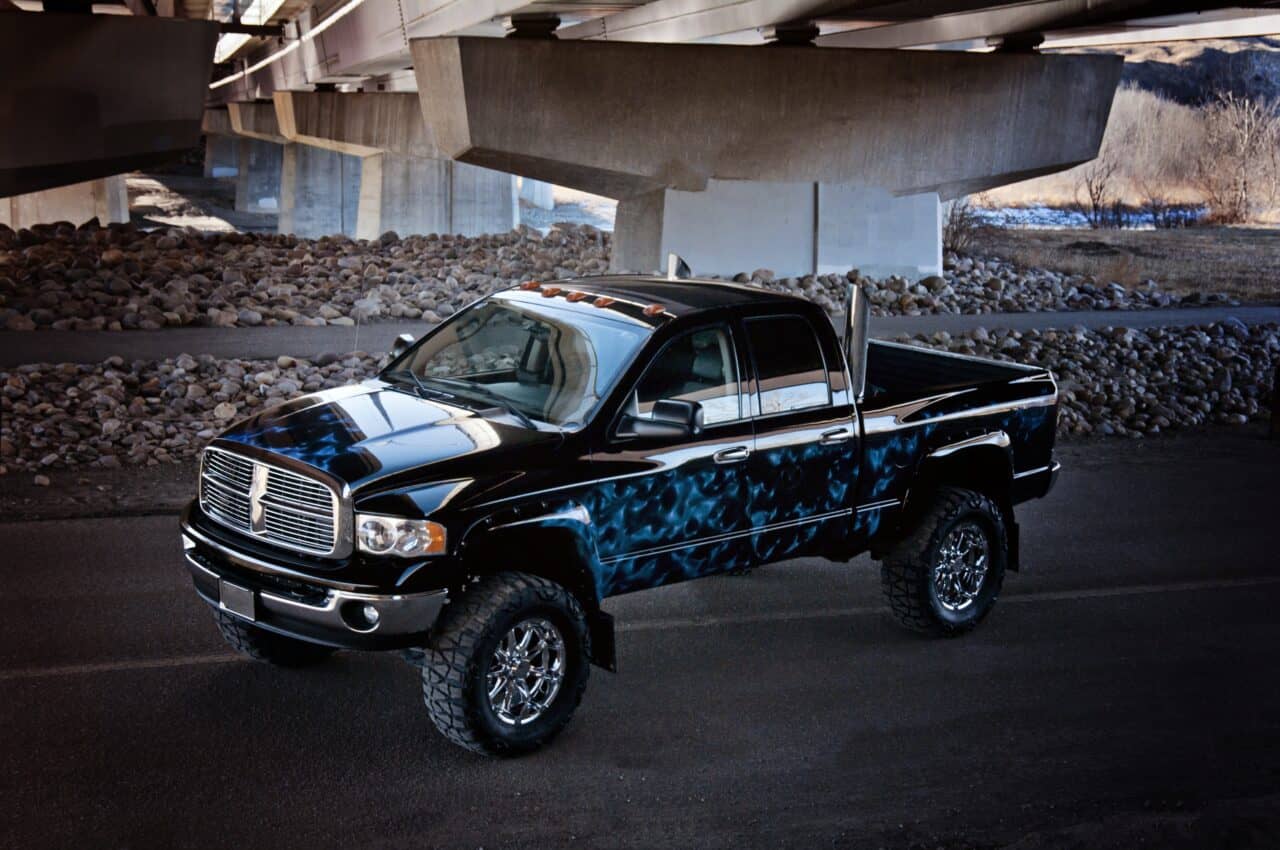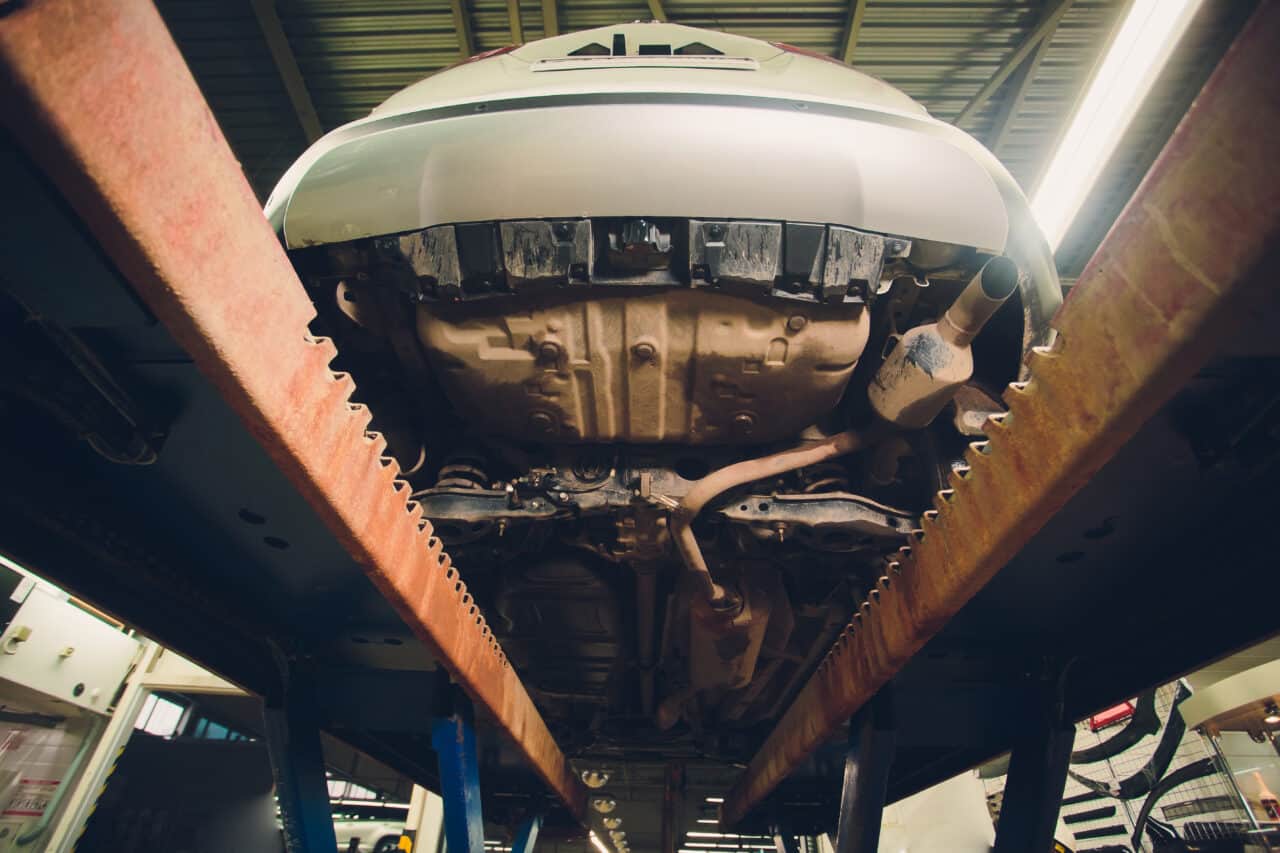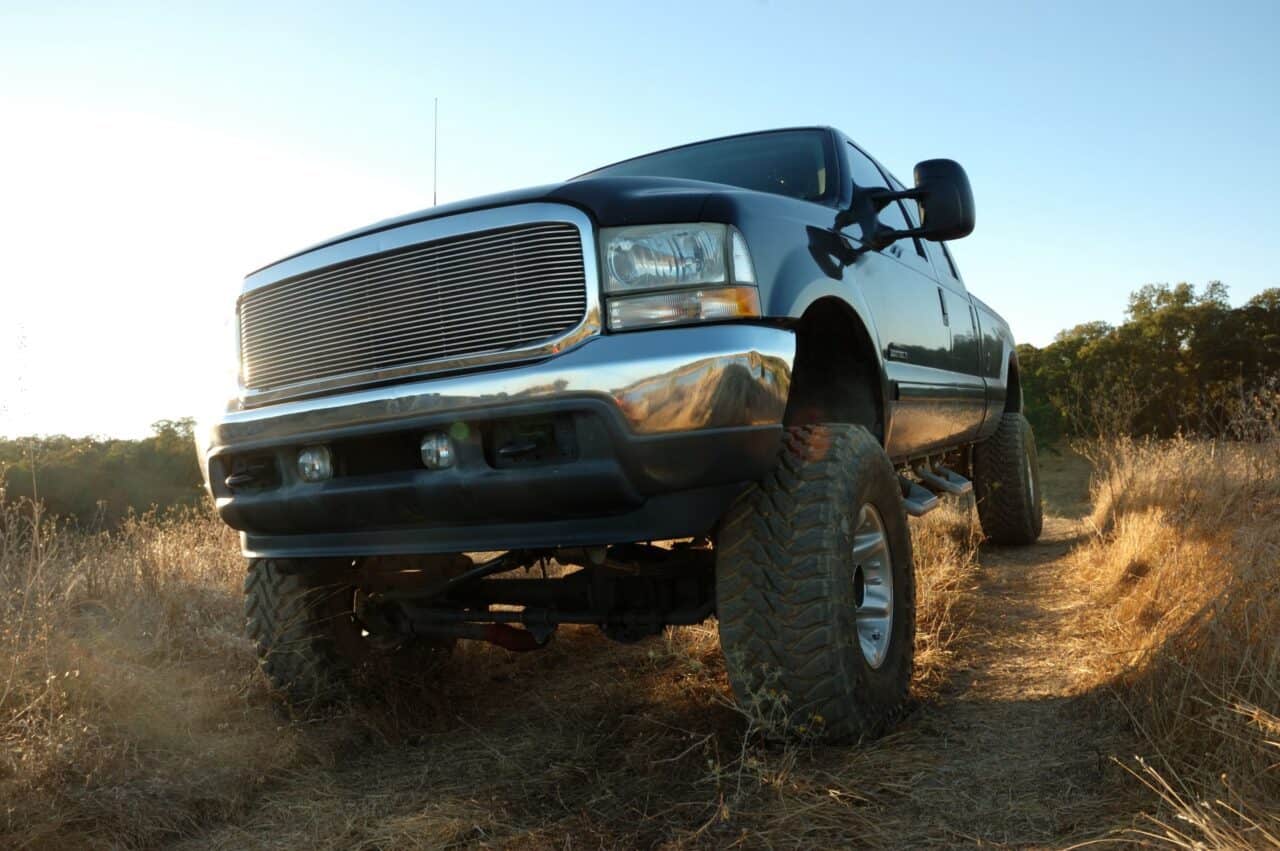Can You Put a Body Lift On a Suspension Lift?

The question of a body lift versus a suspension lift is something truck owners haven’t seemed to stop asking about but what about doing both? Is it possible?
it is possible to combine a body lift and suspension lift and is called a hybrid lift. Although it can be done, it should not be in most cases. This is a build that only professionals who need that amount of height for a specific reason should attempt, and even then, it can be dangerous and expensive.
But if you’re looking to gain maximum height without compromising the entire build of your car it’s recommended you use a hybrid body and suspension lift. Just be warned, you’ll need to make a few adjustments to make your car useable, such as amp steps to make it so you can actually get into your colossal truck.
What Is a Hybrid Lift?
A hybrid lift is a rarely utilized combination of both a suspension lift with a body lift. It involved a LOT of steps and a LOT of money but can give you a LOT of height clearance. Essentially, it combines both the lifting of the body and the frame of the vehicle with a suspension lift and then adding in another 3 inches by separating the body of the truck from the frame.
While the pros may be worth it to you, the cons should deter anyone without a perfect knowledge of mechanics and lift kits from attempting this type of build, as it can be unnecessarily dangerous, not only to you but to everyone around you on the road.
Pros and Cons of a Hybrid Lift
Advantages of a Hybrid Lift
- You can gain around 10 inches or more in height.
- You can add a body lift to an already existing suspension lift.
- A hybrid lift can add a bit more height to your truck without the added stress of re-configuring your suspension geometry.
Disadvantages of a Hybrid Lift
- Some lift kit manufacturers discourage using body lift kits when using their suspension lifts, as the car can simply just get too top-heavy.
- Your truck might not fit in your garage anymore. Seeing as the average garage door is around 7ft tall, your truck can easily become taller than that with the added inches.
- You will NEED to install amp steps to make getting into your car possible, especially if you or your family and friends are shorter.
- If too much height is added a stabilizer is necessary to avoid rolling over too easily.
- You’ll find that your gas mileage will drop quite a bit.
- The alterations needed to accommodate a hybrid lift are expensive.
- There are laws against how high your car can be, so depending on your state you might drive out of your garage only to get a hefty ticket.
Should You Do A Hybrid Lift?
Only in very rare, very specific circumstances should you opt for a Hybrid lift instead of the recommended suspension lifts. There are many more disadvantages to having a car lifted as high as a Hybrid can lift it, as opposed to the very few pros.
A great rule of thumb when it comes to lifting vehicles is that you should only lift as much as necessary, and no more, no matter how tempting it can be. A hybrid lift is not only expensive, unnecessary, and a LOT of work, they are also dangerous. The higher up your truck, the more chances of something going wrong on the road.
So while a super lifted truck may look cool, it’s really best to stick with the mechanically safe and proven suspension lift or body lift. Let’s look a little more into the separate options.
What Is A Body Lift?
A body lift elevates the body of your vehicle by adding space between the body and the frame. It usually will give you about 3-5 inches of clearance. It’s mainly used as a cost-effective version of lifting when people want more space underneath their car to fit bigger tires, though people who have experience with them will tell you that they usually aren’t that cost-effective in the long run.
While a body lift kit will cost as little as $80, all the way up to $2,000, it’s common knowledge that that initial cost usually grows due to the many problems that can happen when installing a body lift kit.
The first version of a lift kit was made during WWI when military vehicles needed to be lifted in order to travel through tough terrain. Since then the aesthetic of a lifted truck has appealed to many and is useful when off-roaders want to travel over areas that have a lot of tall debris like rocks, trees, and snow.
A body lift kit includes spacers that look a bit like hockey pucks, which allow you to separate your truck body from your truck frame. It can give you a few inches more clearance between your frame and the ground below and even more space for larger tires. In technical terms, it’s a modification including spacers that add ride height between your vehicle’s body and chassis.
A body lift raises the body of the vehicle using plastic aluminum, or even urethane spacers that rest on the top of rubber body mounts that exist between the frame and the body of your truck.
Someone using a body lift kit has to physically remove the body of the vehicle from the frame and install the blocks or spacers of the kit between them. The frame is then reattached, with longer bolts to secure it. The kit basically props the body up away from the frame.
Pros and Cons of Body Lift Kits
Body lift kits are usually the least expensive option at first glance when someone wants to create more space for larger wheels and tires on a truck or an SUV, which is useful for off-roading and for tackling rough trails, but they come with far more cons than pros.
Advantages of a Body Lift
- Increases the ride height by a comfortable amount.
- Makes room for larger tires.
- No change to the stock suspension, so a wheel alignment is unnecessary.
- Easy for an amateur to install.
- Initially less expensive than a suspension lift.
- A lot of people also have used a body lift as a way to allow for the placement of a larger motor for an engine swap.
Disadvantages of a Body Lift
- A body lift kit can only raise the vehicle up between 1 to 5 inches total, so there is a limit to their effectiveness.
- A body lift isn’t installed professionally very often, due to the many problems it can cause in newer cars.
- Items called “gap guards” can be used to help cover up frame visibility, but these are an added expense.
- Because body lifts use spacers to separate the body from the frame, a lot of problems can arise when it comes to electrical components that can easily become frayed, loose, and damaged.
- Body lifts can increase the risk of flip-overs.
- The U joint that connects your steering wheel to your electronic steering system can become overstretched.
- It’s only a first step in gaining any ground clearance, which comes from installing larger tires.
- There’s no improvement in vehicle performance or suspension.
- It gives you very small clearance that will actually help with off-road driving.
- Lift kits can cause an ugly visible gap between the chassis and body, which can be expensive to cover up.
- The price for a professionally installed kit can be much more costly than a DIY installation.
- It’s a time-consuming DIY to install.
- For lifts over 3.5 inches, things can easily get more complicated. You’ll need to make modifications like extended brake lines, an adjustable track bar, adjusted gear ratios, drive train alterations.

What Is A Suspension Lift?
A suspension lift involves lifting the entire vehicle up higher from the axle and wheels. Instead of just raising the body of the car from the frame, a suspension lift lifts both the body and the frame in a much safer, much more aesthetically pleasing way.
Pros and Cons of Suspension Lift
Advantages of a Suspension Lift
- Body lift kits only give 5 inches in height maximum, but suspension lift kits can give up to 9-12 inches.
- Since the entire vehicle is lifted up, not only the body away from the frame, the handling of a truck is not usually impaired at all; in fact, some suspension kits can improve performance.
- There is no gapping to worry about between the frame and body of your truck.
- You shouldn’t have to worry about any electrical problems like you would with body lifts.
- They are overall less expensive in the long run.
- They are MUCH safer for you and everyone around you on the road.
Disadvantages of a Suspension Lift
- Suspension lift kits are initially more expensive due to the fact that they need to be done by a professional.
- They can require changes to the mechanical systems of a vehicle, which can be complicated to install.
- They wear down over time and may need to be repaired or replaced.
- Greater heights can also make a car difficult to get in and out of without an amp step installed.
- Lifting up the body also moves the entire center of gravity for a car, which can make a difference in how a truck or SUV drives.

